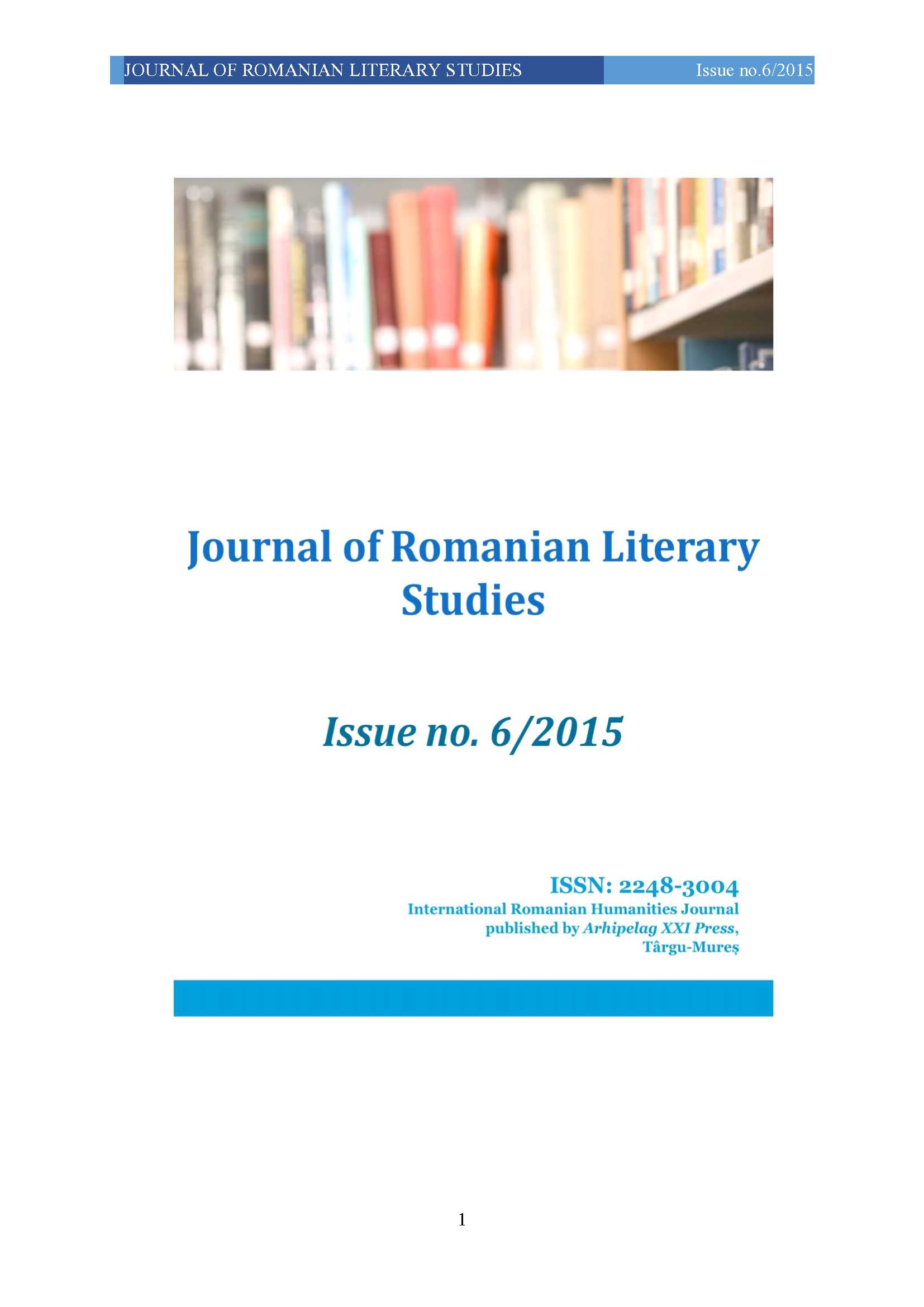LANGUAGE FUNCTIONS IN A COMPARATIVE CLASSIFICATION OF INTERJECTIONS. POTENTIAL BENEFITS TO THEIR TRANSLATION
LANGUAGE FUNCTIONS IN A COMPARATIVE CLASSIFICATION OF INTERJECTIONS. POTENTIAL BENEFITS TO THEIR TRANSLATION
Author(s): Olivia-Cristina Rusu Subject(s): Language and Literature Studies, Literary Texts
Published by: Editura Arhipelag XXI
Keywords: interjection; comparative classification; language functions; translation; children’s literature
Summary/Abstract: The functions of linguistic units labelled as ‘interjections’ are both to express affection, to share emotive or will emphasis between the participants at the conversation, and/or to monitor and organize the discourse. Folding traditional interjection classifications on language functions, this paper proposes a taxonomy that tries to maintain both idiomatic shades offered by Romanian grammars and discursive, spoken-performance features emphasized by English grammars classifications. The most important characteristic that makes a word an interjection is considered its inner referential source, the fact that through an interjection the speaker transmits something of the idiomatic inner self. Due to phonological resemblance, to frequent pragmatic gains of expressivity, the open-class of onomatopoeia is also included within the area of research of this paper, together with those discourse markers that are not conventionalized, with an inner referential source. This classification proves useful in conveying as precisely as possible the overall message of an utterance in translations.
Journal: Journal of Romanian Literary Studies
- Issue Year: 2015
- Issue No: 06
- Page Range: 920-930
- Page Count: 11
- Language: English

